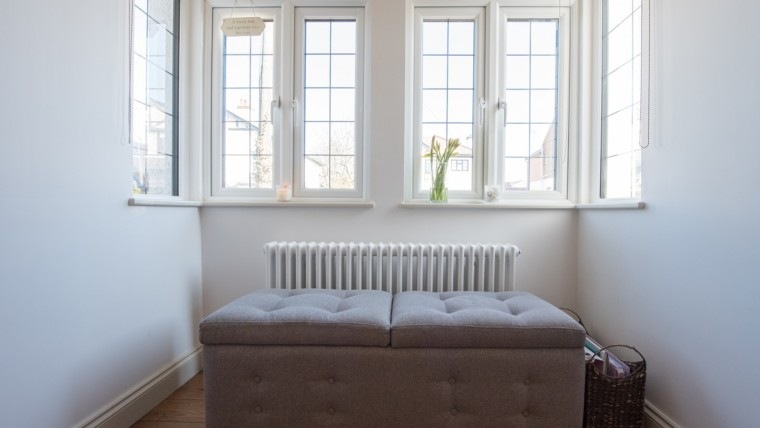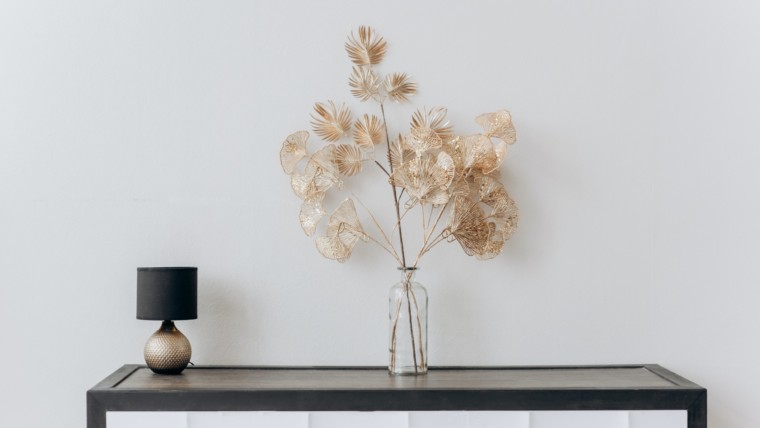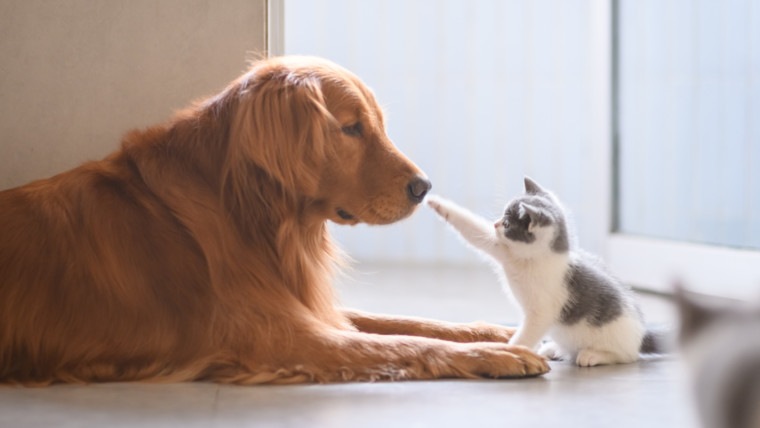Bring the Outdoors in With an Indoor Garden
Don’t have the space to create an outdoor garden? Not to worry! Indoor gardens make a great alternative in any type of home. Cultivating plants inside your home has plenty of advantages, too. Indoor plants improve air quality by controlling pollutants and dust particles. And not only that, but they also add an atmosphere of tranquility to any residence. Here are some tips for successful indoor gardening in your home.
1. Choose the Right Space for an Indoor garden
Generally speaking, plants tend to do best in areas where there is ample sunlight. Windows that face east or west are ideal, assuming they’re not blocked from receiving sunlight by trees or neighboring buildings.
2. Avoid Air Vents
As you know, plants need moisture to survive, but even if you water them regularly, they can become dried out if placed too near to a fan or air vent. For best results, keep them away from heat sources or rapidly circulating air.
3. Choose an Indoor Gardening Method
When planting an indoor garden, you’ll generally either be doing container gardening or hydroponics. Container gardening is your usual, potted plant method, whereas hydroponic systems use fertilized water and a non-soil growing media.
4. Plan Ahead for Your Indoor Garden
Container gardens are best for those who may want to transplant their plants at a later date, and they’re easy to rearrange. Hydroponic systems tend to be more space efficient, which makes them ideal for gardeners who are interested in growing sizable quantities of fruits or vegetables in a relatively small space.

5. Consider a Lighting System
Heat lamps can really help plants grow well indoors. If your natural light sources aren’t adequate to help your plants thrive, then you’ll definitely need to invest in an alternative. And even if you do receive plenty of sunlight in one area of your home, artificial lights can allow you to expand your home garden to other, less hospitable parts of your home.
6. Choose Plants Wisely When Gardening Indoors
Some plants are better suited for indoor gardening than others. Popular edible choices include tomatoes, radishes, mushrooms, strawberries, figs, tarragon, basil, and oregano. Flowering species well suited for the indoor lifestyle include cacti, succulents, peace lilies, and orchids. Always remember to consider things like pets when bringing plants indoors, as some plants may be poisonous to animals, especially cats.

7. Do Your Research
If you’re only comfortable when your home is kept at 68 degrees, but your houseplants prefer temperatures closer to 80, you may have trouble getting them to do well. Likewise, if your plants tend to do best in desert environments, and you live in the Midwest, then you’re going to be looking at substantial energy bills just to keep them warm enough during the winter. Your home isn’t any plant’s natural environment, but it’s bound to suit some plants better than others. Do your homework before you spend tons of money.
8. Don’t Over-Commit
In addition to finding out which types of plants grow well indoors, you should do some research on the type of upkeep that each choice requires. If you don’t have much extra time to devote to your new hobby, you may want to avoid plants that tend to be high maintenance, and opt instead for hardy plants that don’t require much coddling.
9. Use Your Space Efficiently
When creating an indoor garden for a small space, you have to think like an urban planner. If the newly arrived plant residents take up too much space, then the human residents won’t have anywhere to sit. You might not have room for too many potted plants, but what about a living wall or shoe organizer garden? Grow up, not out.
10. Don’t Over-water
If you’re new to gardening, you may have a tendency to over-water. Plants need water, but maybe not as much as you think. Here’s a trick: when watering potted plants, pour until the water seeps into the saucer beneath the pot. Keep an eye on that water for a couple of days. If it hasn’t been reabsorbed by day two, empty it out.
Green Thumbs for All!
Indoor gardening is a fun hobby, and you don’t need much to get started. Not only that, but it contributes to a healthier, happier home environment.
The very talented professionals at Homes.com share tips, suggestions, news and more as it pertains to the Real Estate Industry.

















